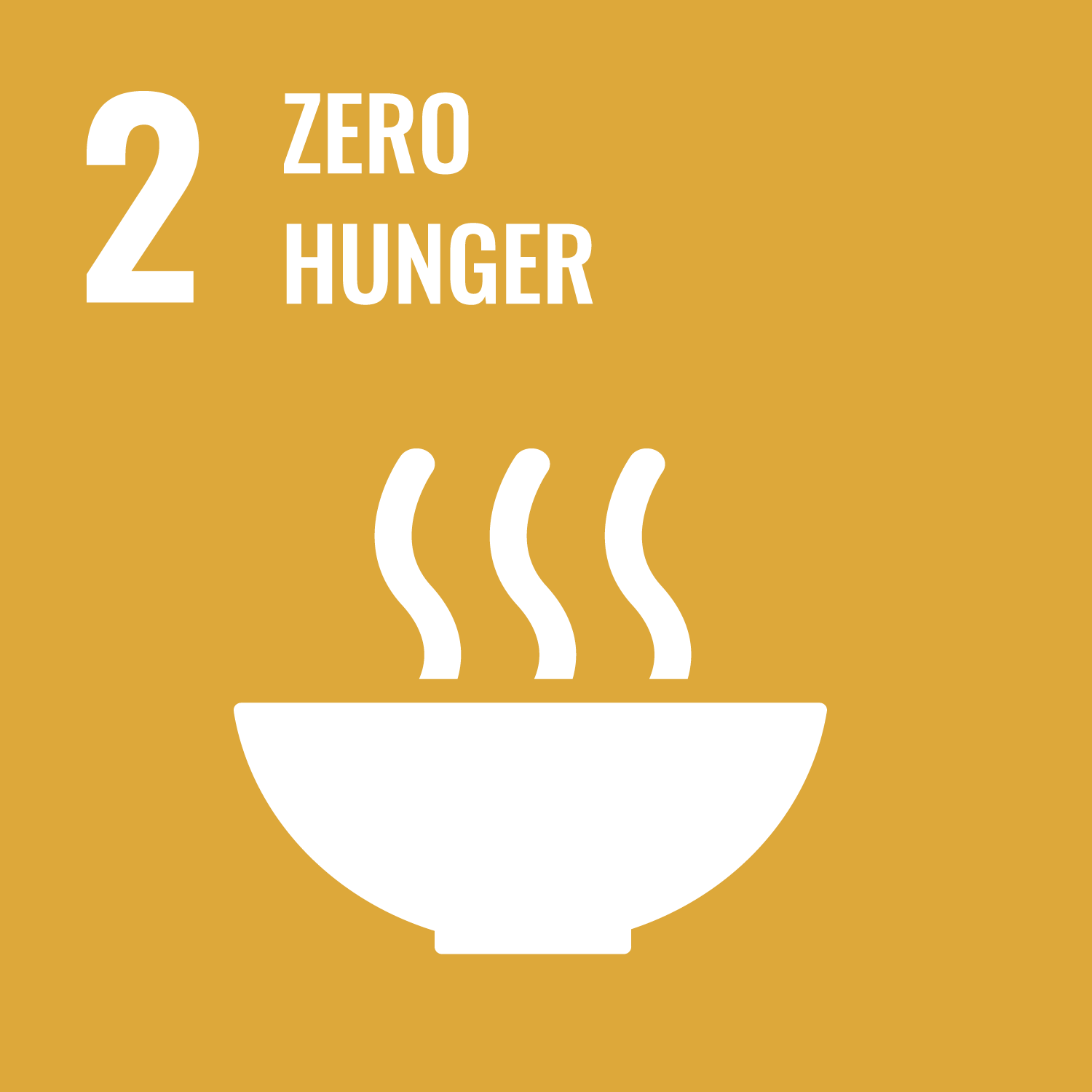Cheesman, A.W., Brown, F., Farha, M.N. et al. (10 more authors) (2023) Impacts of ground-level ozone on sugarcane production. Science of The Total Environment, 904. 166817. ISSN 0048-9697
Abstract
Sugarcane is a vital commodity crop often grown in (sub)tropical regions which have been experiencing a recent deterioration in air quality. Unlike for other commodity crops, the risk of air pollution, specifically ozone (O3), to this C4 crop has not yet been quantified. Yet, recent work has highlighted both the potential risks of O3 to C4 bioenergy crops, and the emergence of O3 exposure across the tropics as a vital factor determining global food security. Given the large extent, and planned expansion of sugarcane production in places like Brazil to meet global demand for biofuels, there is a pressing need to characterize the risk of O3 to the industry. In this study, we sought to a) derive sugarcane O3 dose-response functions across a range of realistic O3 exposure and b) model the implications of this across a globally important production area. We found a significant impact of O3 on biomass allocation (especially to leaves) and production across a range of sugarcane genotypes, including two commercially relevant varieties (e.g. CTC4, Q240). Using these data, we calculated dose-response functions for sugarcane and combined them with hourly O3 exposure across south-central Brazil derived from the UK Earth System Model (UKESM1) to simulate the current regional impact of O3 on sugarcane production using a dynamic global vegetation model (JULES vn 5.6). We found that between 5.6 % and 18.3 % of total crop productivity is likely lost across the region due to the direct impacts of current O3 exposure. However, impacts depended critically on the substantial differences in O3 susceptibility observed among sugarcane genotypes and how these were implemented in the model. Our work highlights not only the urgent need to fully elucidate the impacts of O3 in this important bioenergetic crop, but the potential implications air quality may have upon tropical food production more generally.
Metadata
| Item Type: | Article |
|---|---|
| Authors/Creators: |
|
| Copyright, Publisher and Additional Information: | © 2023 The Authors. This is an Open Access article distributed under the terms of the Creative Commons Attribution Licence (https://creativecommons.org/licenses/by/4.0/), which permits unrestricted use, distribution, and reproduction in any medium, provided the original work is properly cited. |
| Keywords: | Air pollution; Bioenergy; Brazil; JULES; O(3); Tropospheric; Ozone; Saccharum; Air Pollution; Edible Grain; Crops, Agricultural; Air Pollutants |
| Dates: |
|
| Institution: | The University of Sheffield |
| Academic Units: | The University of Sheffield > Faculty of Science (Sheffield) > School of Biosciences (Sheffield) |
| Depositing User: | Symplectic Sheffield |
| Date Deposited: | 30 May 2024 14:27 |
| Last Modified: | 30 May 2024 14:27 |
| Published Version: | http://dx.doi.org/10.1016/j.scitotenv.2023.166817 |
| Status: | Published |
| Publisher: | Elsevier BV |
| Refereed: | Yes |
| Identification Number: | 10.1016/j.scitotenv.2023.166817 |
| Related URLs: | |
| Sustainable Development Goals: | |
| Open Archives Initiative ID (OAI ID): | oai:eprints.whiterose.ac.uk:212975 |


 CORE (COnnecting REpositories)
CORE (COnnecting REpositories) CORE (COnnecting REpositories)
CORE (COnnecting REpositories)